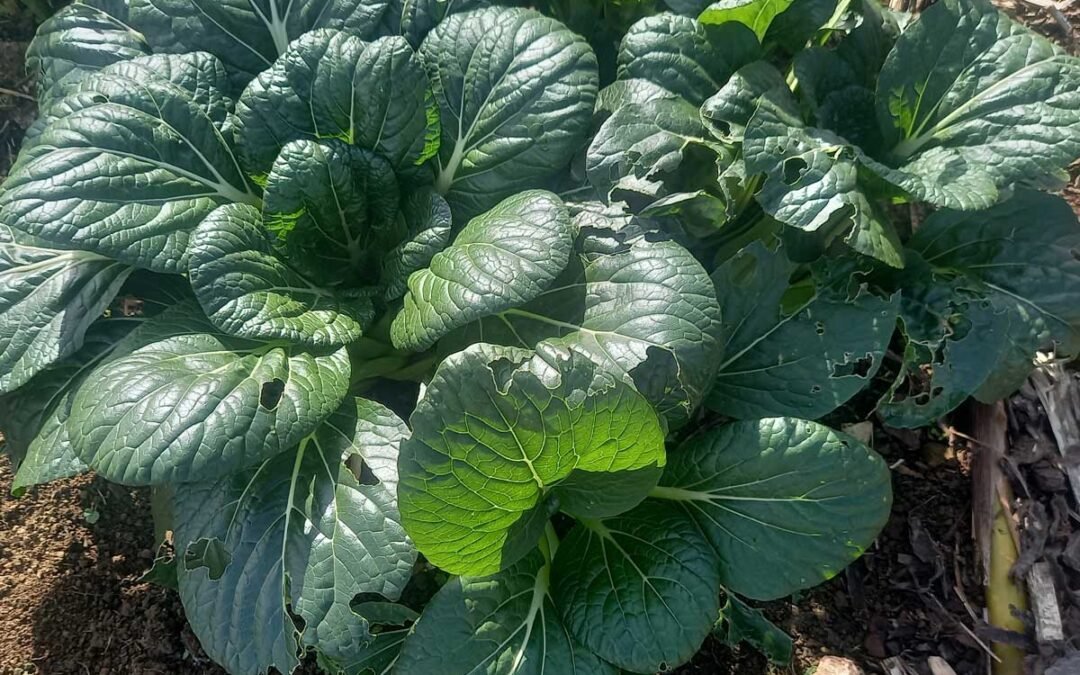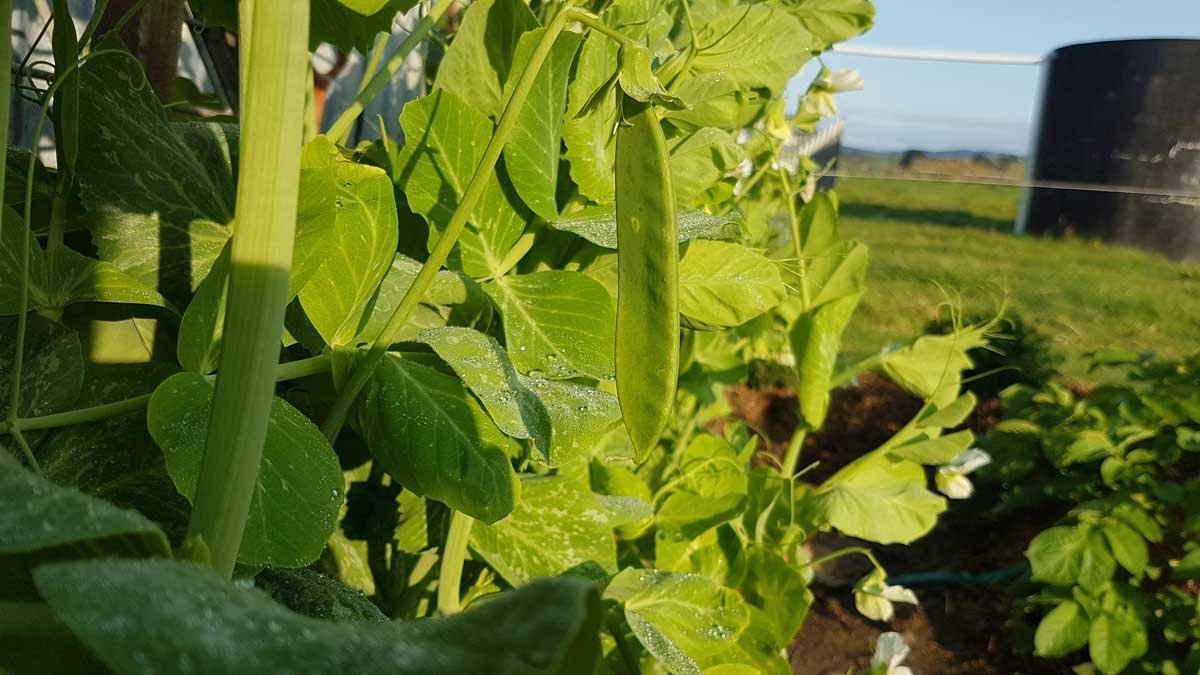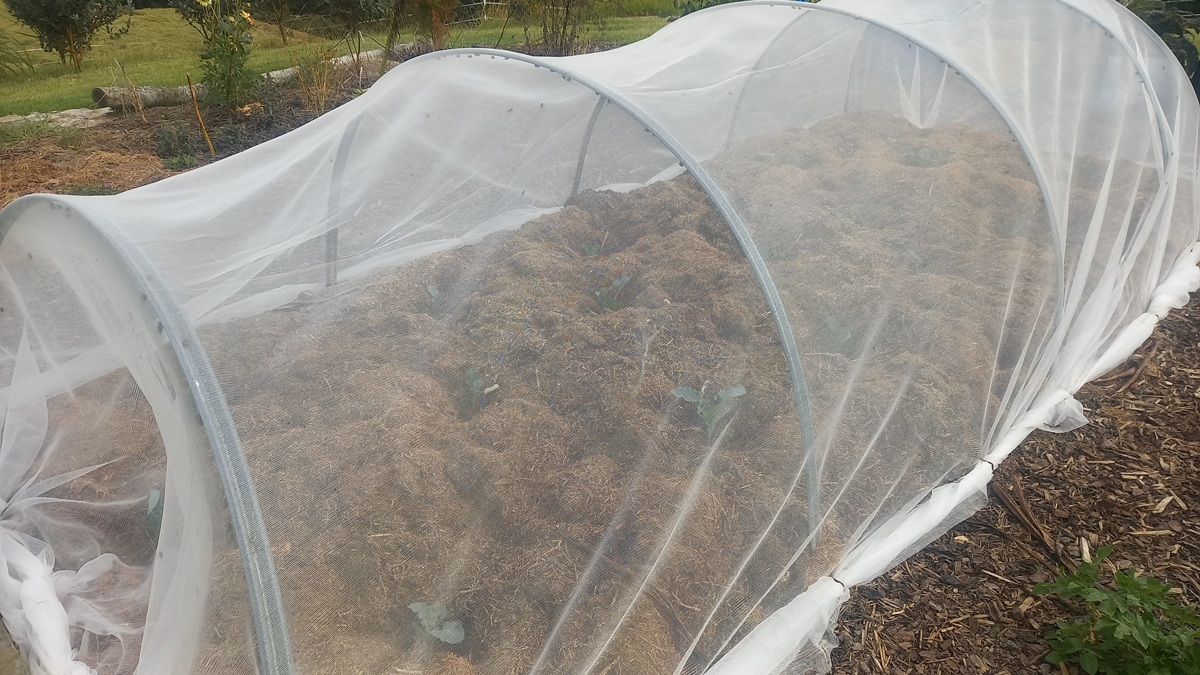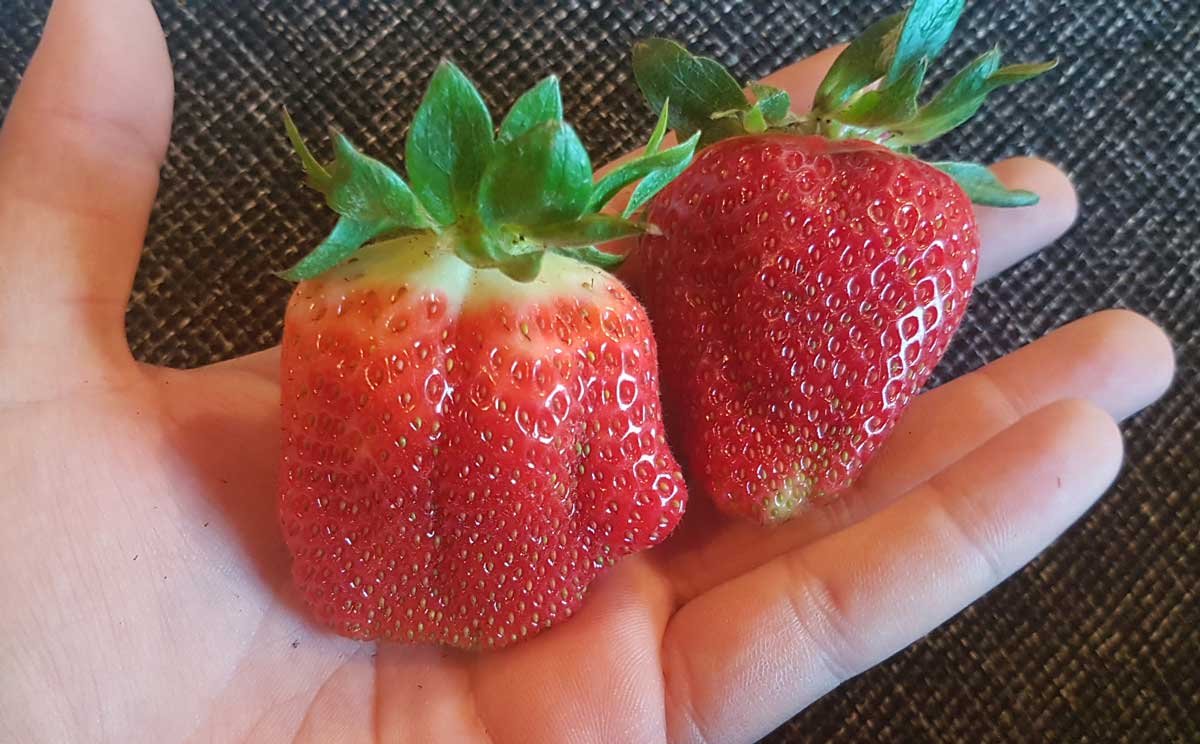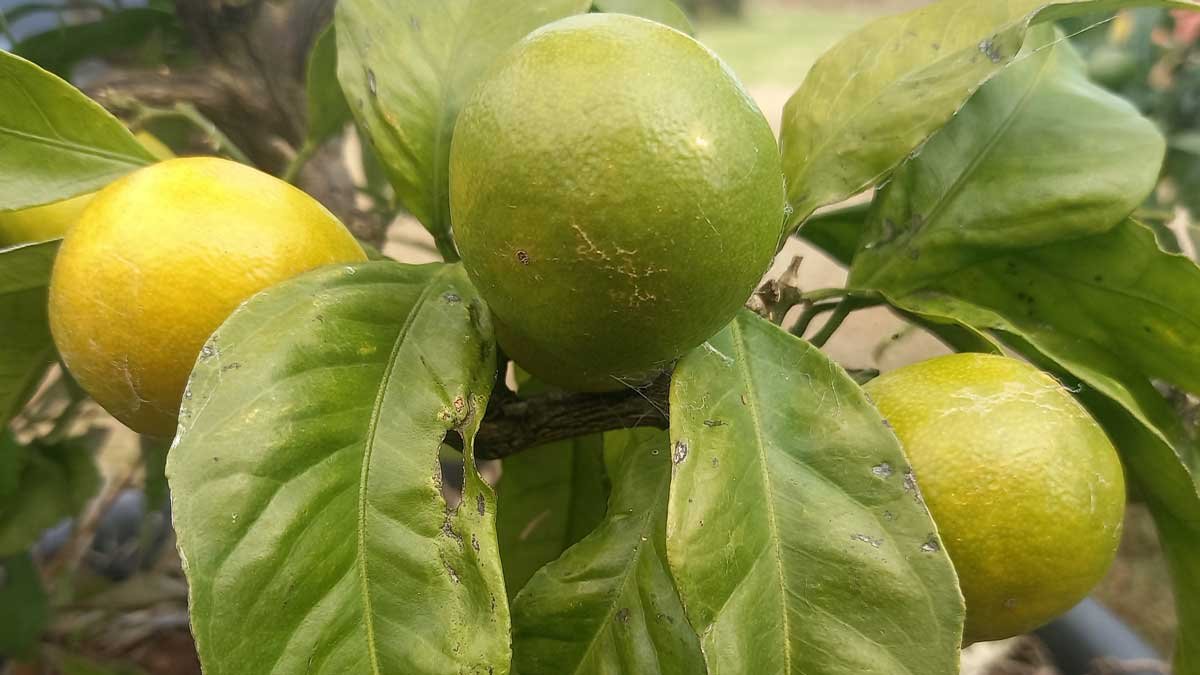This month, we are approaching Winter Solstice – the ‘shortest day’ (or ‘the longest night’). The sun is at it’s lowest point in the sky and shadow will be at it’s longest.
Understanding where we are throughout the year in relation to the sun is helpful in garden planning. It influences the temperature of air and soil; the amount of light or shade in your garden; and often the kind of weather we might expect.
It’s worth looking around your garden at solstice and paying attention to where the shadows are, and for how long.
The solstice is on the night of the 21st June and into 22nd June. For a couple of months after that, we will be looking at our coldest – and possibly wildest – weather of the year. But then our days will slowly get longer again as we move towards spring, and that’s worth being happy about.
Zones
Some districts can get away with things others can’t at different times of the year.
Living in the Far North, I have a very long growing season and can still grow some things my friends further south don’t have the climate for.
So where necessary, I’ll be referring to the zones shown on this map if the advice only applies to some areas.

Garlic!
For me, Solstice usaully means putting my garlic in the ground. I aim for the week after-ish, depending on the weather and what else is going on.
But often the 21st and 22nd seem to be clear and beautiful. If you haven’t done it yet, this month is the time!
Select good-looking cloves – don’t bother planting the small inner cloves (eat them instead). Soak them for a couple of hours in some organic fertiliser diluted with water, and plant 10cm below the surface.
More planting tips are available at Gourmet Garlic.
Shallots
Another member of the allium family it’s time to get into the ground.
When we moved here, I planted a bag of Henry’s Flowering Shallots from Kōanga Institute and we’ve been growing them ever since.
It’shallot of shallots
Shallots are one of the easiest things I grow in my garden, with an excellent rate of return. Discover how to plant and store them for a huge harvest.
They’re one of the easiest crops we grow here. Simply pop them half-way into the ground with the root-side down. Keep them free of weeds, and they usually multiply by a factor of over 10 before they’re ready to harvest around December-January.
Each year I hold onto around a dozen of my best and put them aside to grow on the next year.
Asparagus
Established beds should be mulched down. You can give it a good weed and apply a layer of compost and mulch.
If you’re planning a new asparagus bed, now is the time to make sure it’s ready to go for planting in late winter into early spring.
Cultivate it deeply to 30-40cm and incorporate organic matter (compost, blood and bone, aged manure, worm castings etc) and a generous serving of lime.
Peas
If you live in Zone A on the map, you can start planting peas this month – and every month through to about September.
Peas – like all legumes – are best planted as seed directly into the soil. These days I usually dig a shallow trench and lay down a row of seed.
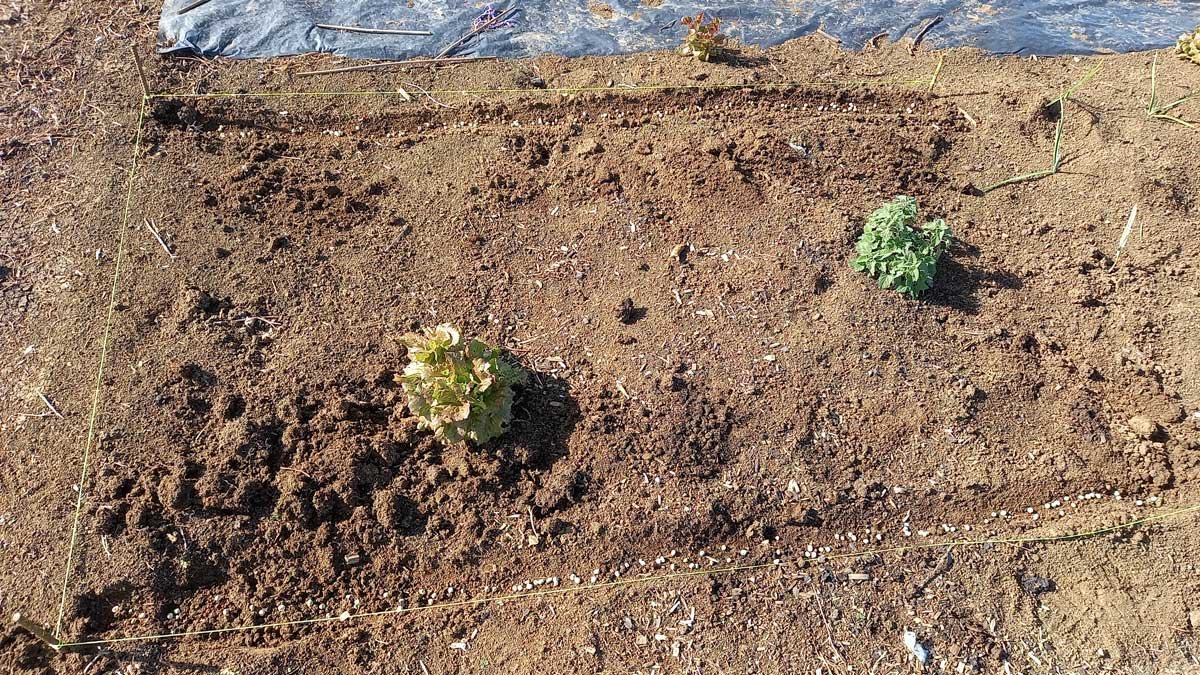
Then as they start growing, I ‘thin out’ the plants so they’re about 10cm apart. The seedlings I pull out make great chicken food.
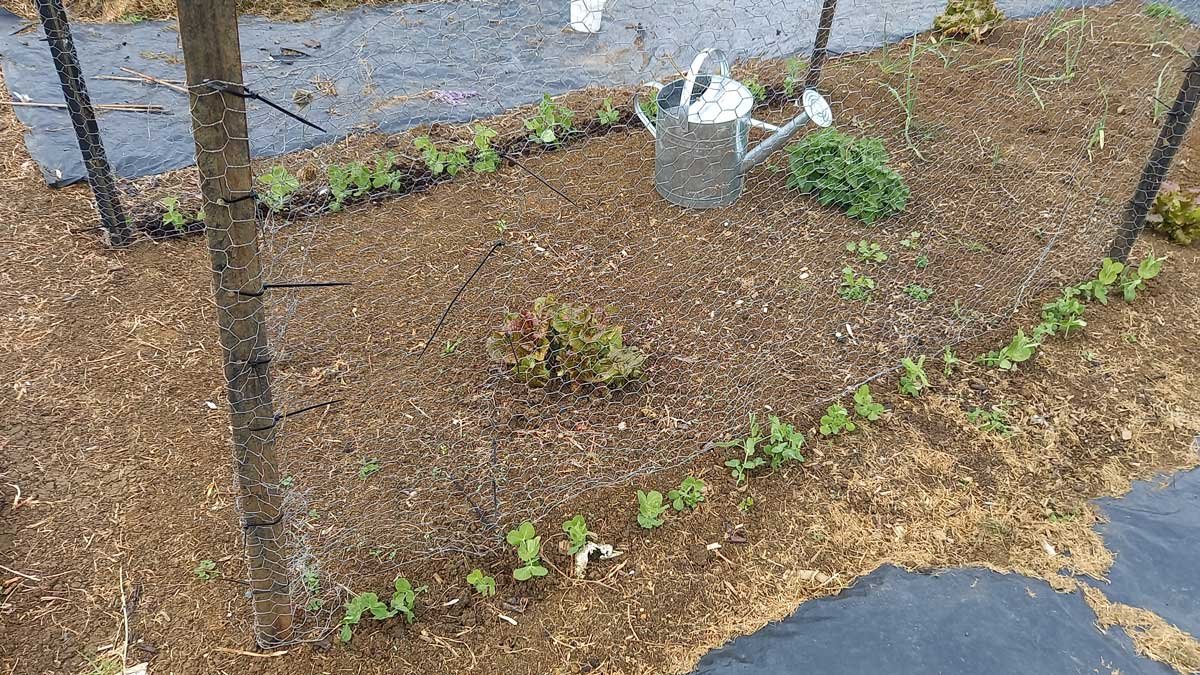
Sow your peas below something they can climb up.
The variety I grow (Alderman) can get to 2m tall and I’ve never managed to build a structure tall enough!
Planting peas
Ever wanted super-fresh peas? They take a bit of work, but nothing compares. Here’s everything you need to know!
Peas sown this month will be harvestable in late August/early September.
Potatoes
This definitely only applies to the warmest areas of Zone A. Planting and growing early potato varieties (Swift, Rocket, Jesey Bennes, Cliff Kidney etc) can start this month.
However it is very, very important you keep them well-mulched and protected against frost. One frost can wipe out early potatoes, and this time of year can be dangerous in a lot of places. Even in our sub-tropical conditions, a very light frost can just zap a plant.
But, if you keep your spuds properly mounded with soil and thickly mulched (I use lawn clippings) – and then cover with a protective cloth when they get too big for mulching – then it can be done.
Spuds planted this month are usually on your plate by September.
Still planting
Broad beans can still be planted either as your first batch of the year, or as a successive sowing to earlier plantings. Successive sowing means a longer harvest. I gave some sowing tips back in April.
April in the garden
Now autumn is in full swing, it’s time to start preparing your winter gardens and putting some care into your fruit trees.
You can still get away with planting Chinese cabbages like pak and bok choi, but the bigger brassicas like broccoli or cabbage are a little marginal this late in the season. Going into our coldest period of the year, they don’t seem to get the warmth they need to establish.
Now’s a great time to get onto renovating your strawberry beds too. Established beds can be given a layer of compost and mulched to keep weed growth down. You can lift any runners to plant out yourself, give away, or sell.
I’ve been lifting my runners recently and have them for sale in my store at the moment.
Kat’s Garden store
Get your hands on strawberry runners from my garden – available for a limited time in the Kat’s Garden store.
Get going on onions. Seeds and seedlings can be planted this month. I published some tips last month.
May in the garden
As the weather turns cooler, there’s still a few jobs to keep you busy in the garden.
Lettuces, rocket, cilantro, radishes, and spinach can be planted too.
Stone fruit
Leaf-fall should now be complete. You can pull off any leaves that remain.
If your plants typically suffer from bacterial diseases, now is the time to get on top of that.
Those diseases are hanging around and will take hold again as your tree begins to flower and develop leaves. So now is the time to “clean things up” as much as possible.
Remove the leaves and any mouldy fruit from the area. Dispose of them in a green waste facility – the pathogens will survive home composting and go on to re-infect your trees later if you let them hang around.
Copper sprays are used to ‘disinfect’ the tree. Spraying oils such as Conqueror will suffocate any small insects hiding out and waiting for spring. Both are certified organic products.
If you can, use a sprayer with a wand so you can get between the branches and thoroughly coat each part of the tree.
Pip fruit
It’s time to get pruning your apples and pears! You can get my guide to pruning fruit trees by signing up for my email list.
But for now let me just leave you with three golden rules for pruning your fruit trees:
- Always prune on a dry day, after the morning dew has evaporated.
- Sanitise your pruning equipment between trees.
- Never remove more than 25% of the tree.
Citrus fruit
My lemon tree is absolutely dripping with ripening lemons, and we’re tearing into juicy sweet mandarins.
Now is harvesting time with your citrus. Start with the fruit on any branches you’re thinking about pruning – we’re not quite at that time yet, but we will be soon, so you might as well take the fruit first.
Citrus meringue pie
A light and deceptively simple dessert that can be made in a range of flavour combinations depending on what’s available and what sounds yum!
If you live in Zone 3, ensure you’re protecting your plants from frosts – most citrus can deal with a little cold, but need protection from extremes.
Get to it!
I hope you’ve found some ideas for your garden in here – a little bit of work up front really pays off.
I find winter to be a great time to get on top of my weeds, tidy things up, and get ready for the warmer weather later on.
If the weather’s giving you an opportunity, it’s time well spent to spend it in the garden.

